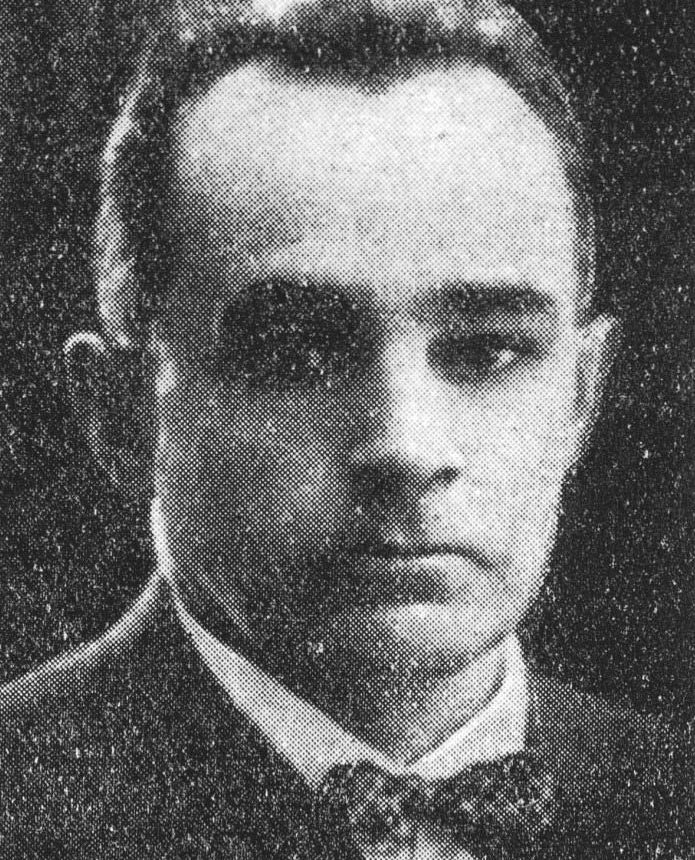Isaac ANTCHER
January 1, 2019Moses BAGEL
January 1, 2019Georges ASCHER
WARSAW (POLAND) 1884 – DEPORTED TO AUSCHWITZ 1943
Georges Ascher was a cousin of the painter Roman Kramsztyk. He studied architecture at the Warsaw University of Technology and then continued his studies in Germany. During the war, which set Poland against the Red Army (1919-1921), he joined the Polish army alongside Marshal Piłsudski, and was woundedduring the battle of Lwow. After the Polish authorities decorated him, Ascher moved to Lwow and then to Warsaw. He got married and became an architect. Georges Ascher arrived in Paris in 1925 and devoted himself to art. In 1937, he left his apartment in Paris with his wife and daughter for La Ciotat, where he painted many landscapes. In 1943, Georges Ascher and his wife were arrested and sent to the Gurs internment camp. They were deported on convoy number 60 and were murdered in Auschwitz. Georges Ascher’s work was destroyed in his studio while he was arrested.
Stories of Jewish Artists of the School of Paris 1905-1939
FRENCH-ENGLISH
Capitale des arts, le Paris des années 1905-1939 attire les artistes du monde entier. De cette période de foisonnement, un terme est resté, celui d'Ecole de Paris, qui recouvre une grande diversité d'expression artistique. Dans ce brassage dont Montparnasse est le creuset, un groupe se distingue : celui des artistes juifs venus de Russie, de Pologne et d'Europe centrale. Si leurs styles sont variés, un destin commun les rassemble : ils fuient l'antisémitisme de leur pays d'origine. Certains ont connu la célébrité dès les années 1920, tels Soutine, Lipchitz ou Chagall. D'autres n'ont pas eu le temps ou la chance d'y accéder. Près de la moitié a péri dans les camps de concentration nazis.
From 1905 to 1939, Paris attracted artists from all over the globe as the capital of the art world. This period of artistic proliferation became known as the School of Paris, and includes a great diversity of artistic expression. Within the teeming art world centred on Montparnasse, one group set itself apart: Jewish artists from Russia, Poland, and Central Europe. Although their styles were diverse, they shared the common fate of fleeing anti-Semitic persecutions in their home countries. Some became famous in the 1920s, such as Soutine, Lipchitz, and Chagall, while others did not have the time or the luck to gain renown. Nearly half of these artists died in Nazi concentration camps.





